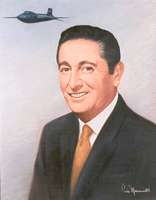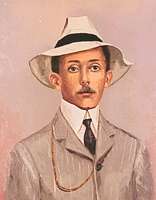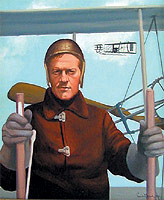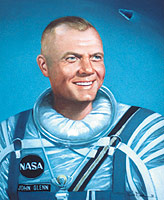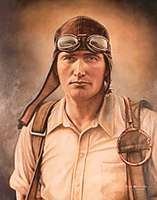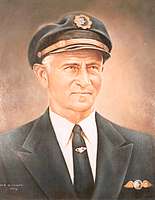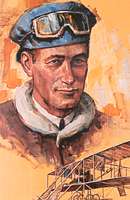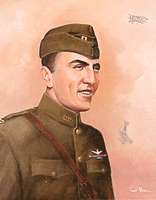Albert Scott Crossfield
Inducted in 1982
First To Fly Three Times The Speed Of Sound, 1960
1921 – 2006
On December 10, 1960, a North American Aviation X-15 was launched from beneath the wing of a modified Boeing B-52 while in flight. Pilot Scott Crossfield ignited the rocket barrels, pushing the sleek black bullet-shaped aircraft to a higher altitude and a greater speed than ever before, thus becoming the first man to travel three times the speed of sound, over 2,000 miles per hour.
Crossfield is one of America’s earliest rocket test pilots. While working for the National Advisory Committee for Aeronautics, now NASA, Crossfield made many high speed test flights in aircraft such as the F-100 and the F-102 supersonic fighters, the X-1, X-4, and X-5 rocket planes and the Douglas 558-2 Skyrocket. On November 20, 1953, he set four speed records before becoming the first man to reach Mach 2 (twice the speed of sound) […]

